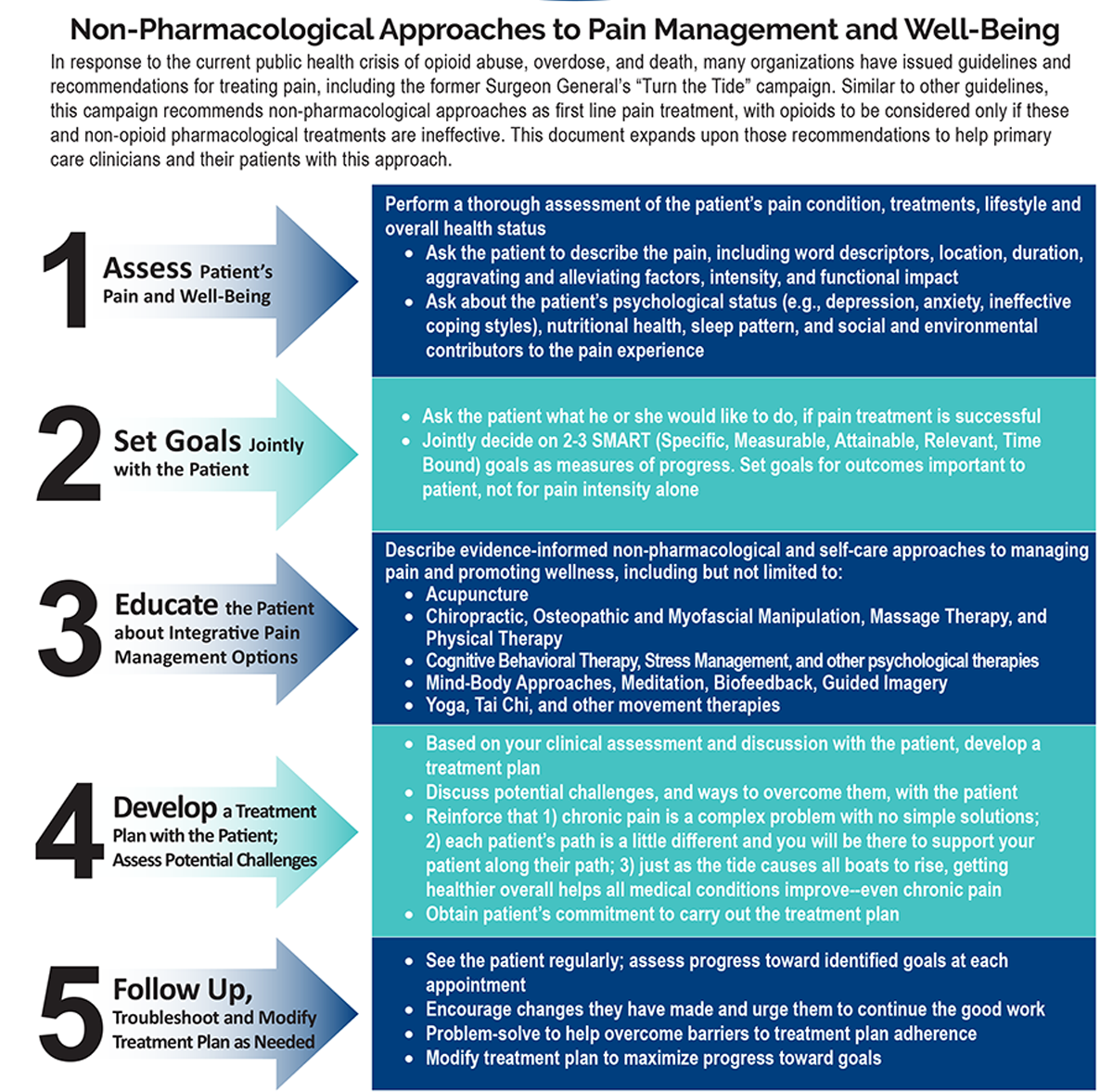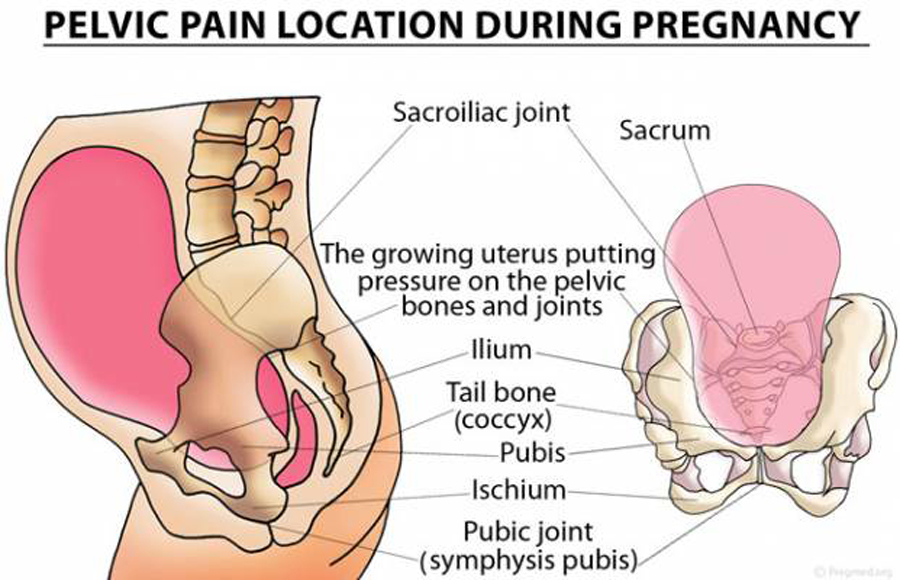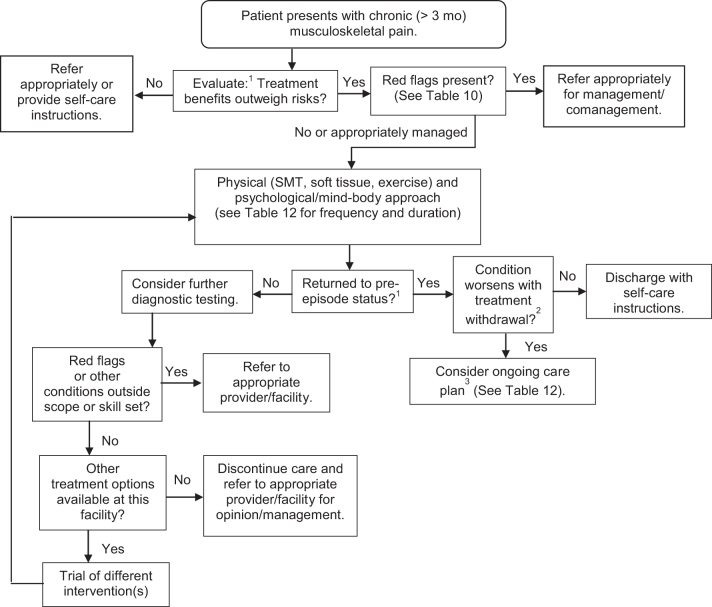Are Nonpharmacologic Interventions for Chronic Low Back Pain More Cost Effective Than Usual Care? Proof of Concept Results From a Markov Model
Are Nonpharmacologic Interventions for Chronic Low Back Pain More Cost Effective Than Usual Care? Proof of Concept Results From a Markov Model
SOURCE: Spine (Phila Pa 1976) 2019 (Oct 15); 44 (20): 1456–1464
Patricia M. Herman, ND, PhD; Tara A. Lavelle, PhD; Melony E. Sorbero, PhD; Eric L. Hurwitz, DC, PhD; Ian D. Coulter, PhD
RAND Corporation,
Santa Monica, CA
Study design: Markov model.
Objective: Examine the 1-year effectiveness and cost-effectiveness (societal and payer perspectives) of adding nonpharmacologic interventions for chronic low back pain (CLBP) to usual care using a decision analytic model-based approach.
Summary of background data : Treatment guidelines now recommend many safe and effective nonpharmacologic interventions for CLBP. However, little is known regarding their effectiveness in subpopulations (e.g., high-impact chronic pain patients), nor about their cost-effectiveness.
Methods: The model included four health states: high-impact chronic pain (substantial activity limitations); no pain; and two others without activity limitations, but with higher (moderate-impact) or lower (low-impact) pain. We estimated intervention-specific transition probabilities for these health states using individual patient-level data from 10 large randomized trials covering 17 nonpharmacologic therapies. The model was run for nine 6-week cycles to approximate a 1-year time horizon. Quality-adjusted life-year weights were based on six-dimensional health state short form scores; healthcare costs were based on 2003 to 2015 Medical Expenditure Panel Survey data; and lost productivity costs used in the societal perspective were based on reported absenteeism. Results were generated for two target populations: (1) a typical baseline mix of patients with CLBP (25% low-impact, 35% moderate-impact, and 40% high-impact chronic pain) and (2) high-impact chronic pain patients.
There is more like this @ our:
LOW BACK PAIN Section and the:
COST-EFFECTIVENESS Section and the:






